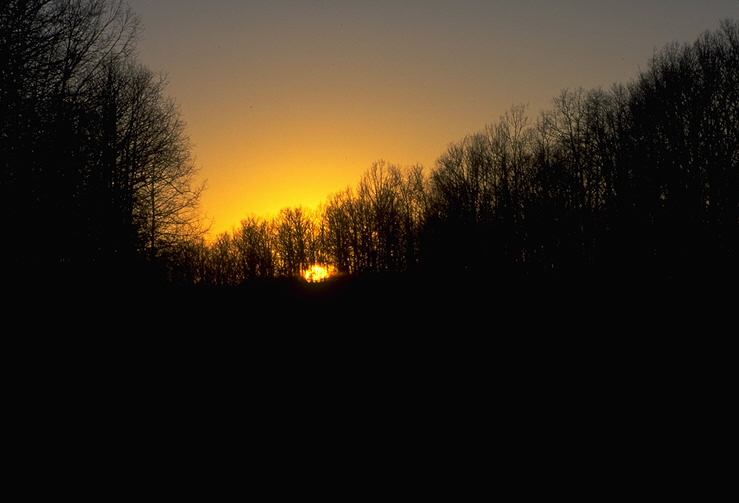|
The Woodcock's Call "This mysterious hermit of the alders, this recluse of the boggy thickets, this wood nymph of crepuscular habits is a common bird and well distributed in our eastern states, widely known, but not intimately known." So begins Arthur Cleveland Bent's description of the American Woodcock in "Life Histories of North American Shore Birds" (1927).
Few birds have as many aliases as the American Woodcock. Here are a few other names it is known by: Becasse (from the French, Becassine, a snipe), Big Eyes, Big-Headed Snipe, Big Mud Snipe, Blind Snipe, Bog Bird, Bog-Borer (from its way of probing the soft earth with its bill for earthworms, a favorite food), Bogsucker, Hookum-pake, Labrador Twister, Night Partridge, Night Peck, Siphon Snipe, Timber-doodle, Whistler, Whistling Snipe, Wood Hen and Wood Snipe. Whatever you call the bird, its dusk courtship flights during the winter months are a spectacle not to be missed. In "Birds of North America" (1895) Frank Chapman describes it well; " How many evenings have I tempted the malaria germs of Jersey lowlands to watch the Woodcock perform his strange sky dance! He begins on the ground with a formal, periodic, "peent," an incongruous preparation for the wild rush that follows. It is repeated several times before he springs from the ground and on whistling wings sweeps out on the first loop of a spiral which may take him 300 feet from the ground. Faster and faster he goes, louder and shriller sounds his wing-song; then, after a moment's pause, with a darting, headlong flight, he pitches in zigzags to the earth, uttering as he falls a clear twittering whistle. He generally returns to near the place from which he arose, and the "peent" is at once resumed as a preliminary to another round in the sky." To see the courtship flights, you must first find a calling territory. Listen at dusk and in the early evening along the borders of woods for the "peent" call. This call has been described in about as many different ways as the bird has names, but its call sounds similar to a Nighthawk's call, but thinner and more nasal. It might be easier for you to simply listen to a Woodcock we recorded while working in Cheatham county. Spring Peepers are calling in the background. Click here to listen. In Tennessee the courtship flights have been seen as early as October and as late as May. Typically, we start seeing them and hearing them around the middle of January. They seem to peak around the middle of February. On nights with a moon they may call long into the night. As for me, the Woodcock's courtship flight always sounds a little bit like a mechanical bird whose engine never has quite enough gas to complete its flight. The whirring wings sound like a tiny motor . As the bird reaches the apex of its flight the gas runs out, the engine skips and then picks back up again a couple of times, and then the bird dives for the ground as the engine sputters and misses. However you describe the Woodcock's courtship performance, the experience of quietly watching a sunset and seeing the twilight flights is one of the wonders of the season. All photographs © 2008 Leaps
|
